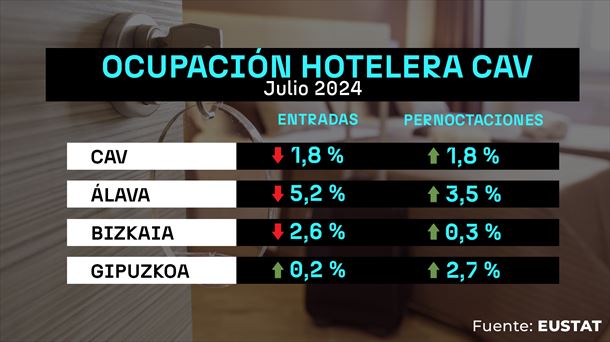According to preliminary results, the turnout in yesterday’s EU elections was 54.12 percent. Of the almost 6.4 million eligible voters, approximately 3.4 million cast their votes.
This would increase willingness to vote to a level comparable to that in the 2019 EU elections. At that time, the heated mood following the revelation of the Ibiza scandal and the impending vote of no confidence against then Chancellor Sebastian Kurz (ÖVP) the day after the elections, 59.77 percent of eligible voters went to the polls, after the turnout had always been high. has been below 50 percent since 1999.
Record number of absentee ballots requested
The very high number of voting cards requested also indicated high interest in yesterday’s vote: about 15 percent of eligible voters, or 958,948 people, had requested one, the Interior Ministry said. This represents a record high in EU elections – by far: in 2019 the number was 686,249 or around ten percent of eligible voters.
Compared to the National Council elections, the turnout of 54.12 percent is still very low. Interest in EU elections is traditionally lower than in National Council elections. After the first European elections in 1996, in which 67.7 percent participated, turnout in subsequent elections was always below 50 percent – until the last elections in 2019.
Voting behavior reached its lowest point in 2004
Interest in the EU elections reached its lowest point in 2004, when only 42.4 percent of eligible voters cast their votes. By comparison, the previous negative record for turnout in National Council elections was 74.9 percent (2013).
Source: Krone
I am Wallace Jones, an experienced journalist. I specialize in writing for the world section of Today Times Live. With over a decade of experience, I have developed an eye for detail when it comes to reporting on local and global stories. My passion lies in uncovering the truth through my investigative skills and creating thought-provoking content that resonates with readers worldwide.



